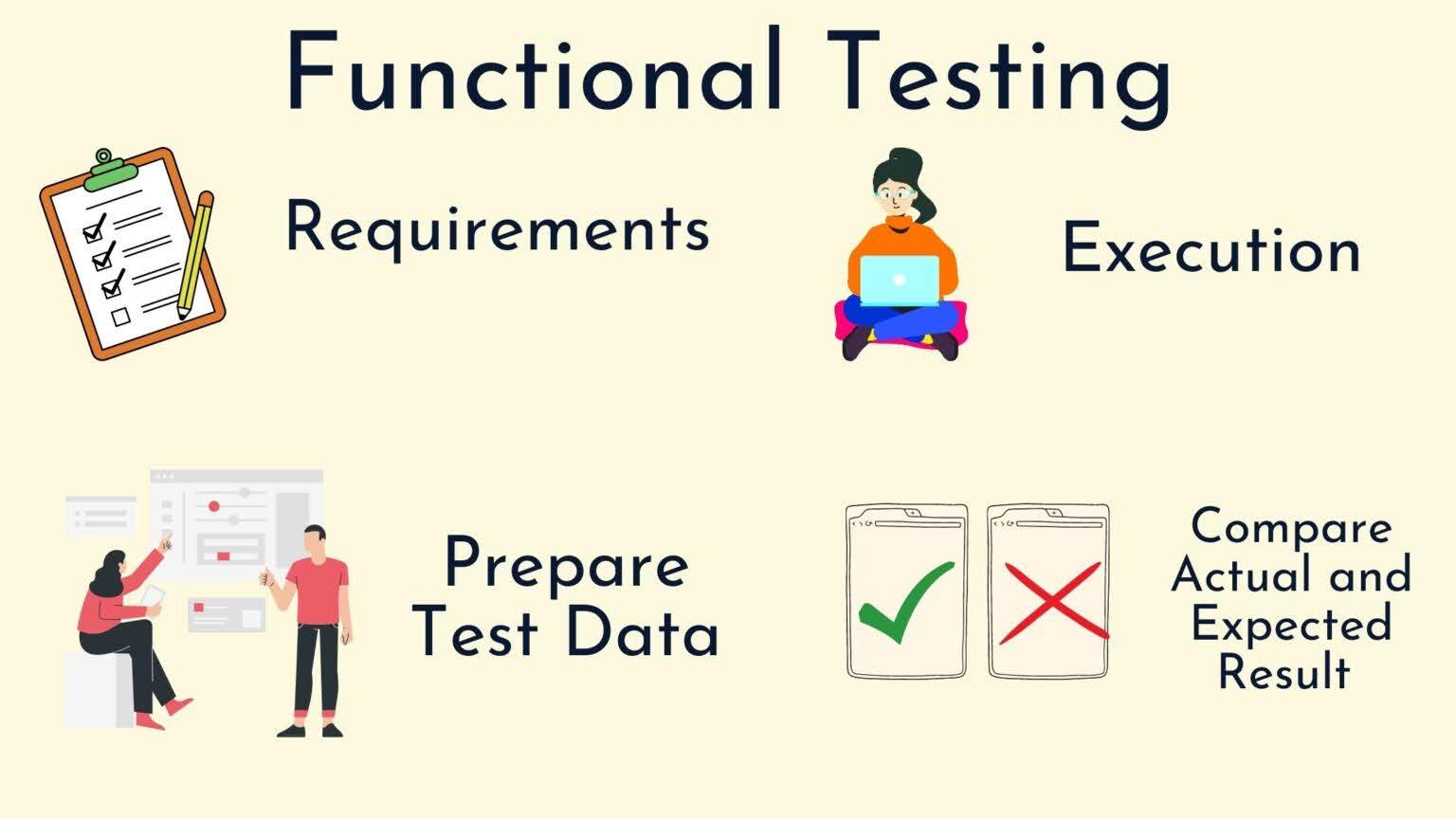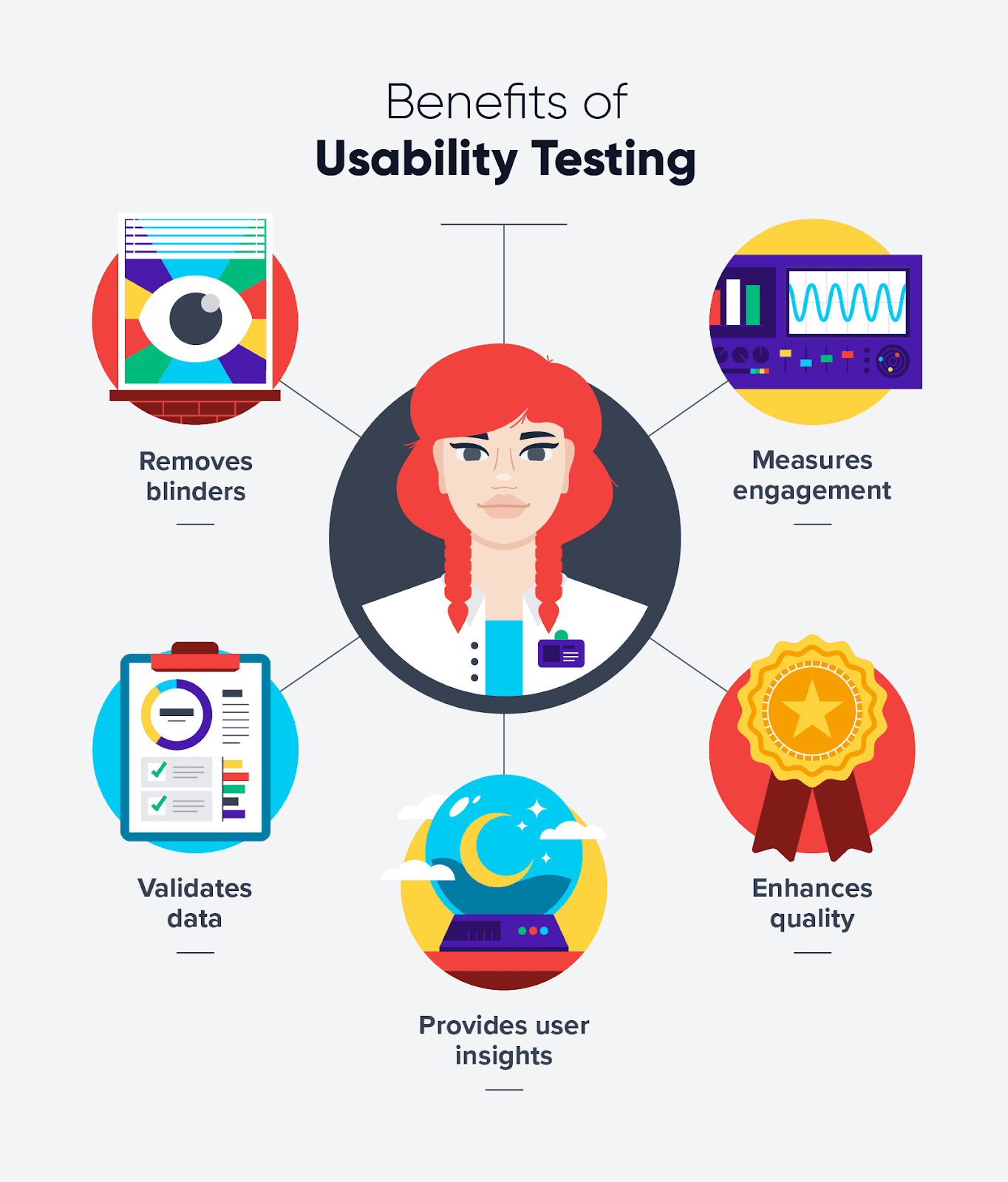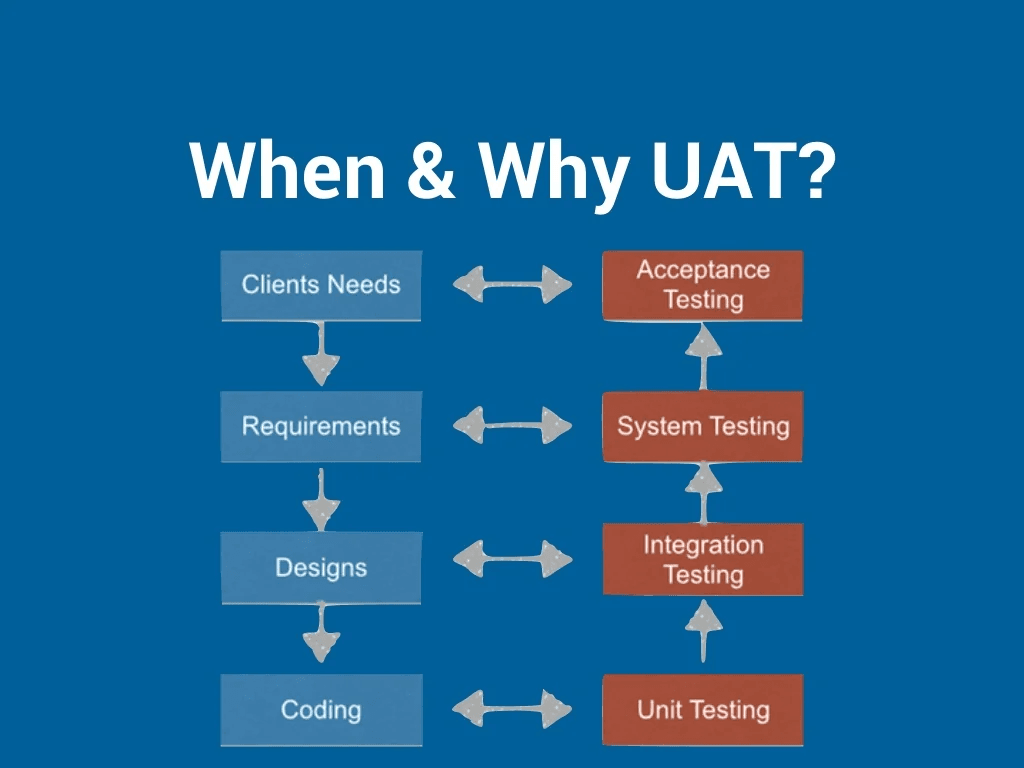Quality Assurance
Exploring Different Types of Software Testing: A Comprehensive Guide
What is mobile application testing?
Software development in a fast paced environment involves the test phase that validates the quality and reliability of an application. Effective testing from the smallest mobile app to the largest enterprise system can determine whether developers discover bugs and get them fixed earlier in the software development lifecycle with time and money saved. This makes one wonder with so many testing methodologies which one to apply and when. The following are some of the most commonly used types of software testing: Functional, Regression, among others. Let us explore each of them in greater detail in this blog.
Functional Testing

What is Functional Testing?
Functional testing is meant to check the features of an application of software by ensuring that what has been coded works as described in the specification. This test is concerned about the core function of the application and checks on whether each feature has performed its correct task.
Some Key Aspects of Functional Testing
- Test Cases Based on Requirements: Functional tests are developed to check the functionality of certain features so that the software works as it is expected when it interacts with users or other systems.
- Black-Box Testing Approach: In general, functional testing does not require knowledge of the internal code or structure of the application. The tester is interested in whether the software works as intended from a user's point of view.
Examples of Functional Tests
- User Authentication: Verify whether the login feature accepts valid credentials and rejects invalid ones.
- Payment Process: Test whether the payment gateway is accurate in processing payments by adding taxes and discounts as appropriate.
Form Validation:
- Check if the input fields like email, phone number are validating the user's data correctly or not.
Benefits of Functional Testing
- Ensures that core business functionalities work as intended.
- It helps identify critical issues that might affect the user experience.
- It is the basis for subsequent testing phases.
Regression Testing
What is Regression Testing?
Regression testing is the process of testing an application after its modification, say by correcting bugs, adding new functionality or even overhauling the entire system. It's meant to validate that changes haven't adversely affected previously working functionalities and that the software behaves as before.
Key Aspects of Regression Testing:
1. Re-testing After Changes:
Regression testing checks every time new functionality is added or changes are made if the new code has caused any unintended effects on existing features.
2. Automation-Friendly:
Regression tests are usually automated because they have to be run multiple times in the software development lifecycle, especially when updates and changes are frequent.
Examples of Regression Tests:
- After a UI design, verification that user registration still happens correctly.
- Confirmation that a newly introduced feature didn't break the existing capability of report generation.
Benefits of Regression Testing:
- Ensures new modifications do not introduce new bugs in the system.
- Increases confidence in the stability of the software after updates or patches.
- Aids in the maintenance of reliability of software over time.
Beyond Functional and Regression Testing
Other Important Types of Testing:
While functional and regression testing is considered important, several other kinds of testing are equally relevant to the quality of software as a whole. Let's have a brief glance at some of these:
Performance Testing: Speed and Scalability
This means testing the performance of a system with varied conditions that check how responsive, stable and scalable a system is under heavy loads.
Types of Performance Testing:
1. Load Testing:
Tests how the application behaves under normal and peak load conditions.
2. Stress Testing:
Examines how the application performs under extreme load conditions to identify its breaking point.
3. Endurance Testing:
Verifies that the application can handle expected loads over an extended period of time without issues.
Usability Testing: Measuring User Experience
Usability testing is an area of user interface and the overall user experience. It is basically done to test whether the application is easy, intuitive and whether it provides a positive experience to end users.

Examples of Usability Testing:
- Watching how users navigate through a website or app.
- Gather feedback on how easy it is to complete tasks, like sign up or checkout.
Security Testing: Protecting Your Application
This security testing procedure is very essential in finding out the vulnerabilities and weaknesses of your application that a malicious user could exploit. It is much more important with sensitive data such as financial applications, ecommerce websites and social networks.
Some Examples of Security Testing:
- Checking common vulnerabilities, such as SQL injection or cross site scripting (XSS).
- Verifying that data encryption and authentication mechanisms provide adequate protection of data.
Compatibility Testing: Ensuring Cross-Platform Functionality
This encompasses compatibility testing according to software functions working flawlessly in different types of environments, such as the types of browsers, OS types, different types of devices and screen size. Compatibility testing is strongly applicable if the application has to work on a multiple number of platforms.

Examples of Compatibility Testing
Testing an application on different browsers like Chrome, Firefox and Safari and also on desktop, tablets and smartphones.
Check whether the application works fine on Windows and also on Mac.
Acceptance Testing: Checking Against Business Needs
Acceptance testing ensures that the software is valid and ready for deployment into production. Most acceptance testing is normally done by a client or end user so that the system solves their problems.
Types of Acceptance Testing:
1. Alpha Testing:
It involves internal teams just before the product is released to a limited population.
2. Beta Testing:
Conducted by a small number of external users to obtain real-world feedback before final release.
Conclusion
- The following best practices should be in place for success in mobile app For the assurance of proper quality, reliable products, comprehensive testing must be in today's landscape of software development. Functional and regression testing become the backbone, ensuring core functionality works as required and changes made would not introduce new issues, however, it is an ever-evolving sphere, so equally important other tests like performance testing, security and usability have to be applied to cater for the different needs that end users present.
- This will help the teams discover problems early, make it deliverable in a stable manner and thus give users a better experience. It's all about when to apply the type of testing and a balanced approach, because functionalities and user needs have to be addressed.
- Testing is not an event but a continuous process that evolves along with the software. The more elaborate and diversified your testing strategy is, the better are your chances of delivering a product that satisfies both technical as well as user expectations.
Ready to transform your business with our technology solutions? Contact Us today to Leverage Our QA Expertise.

Contact Us